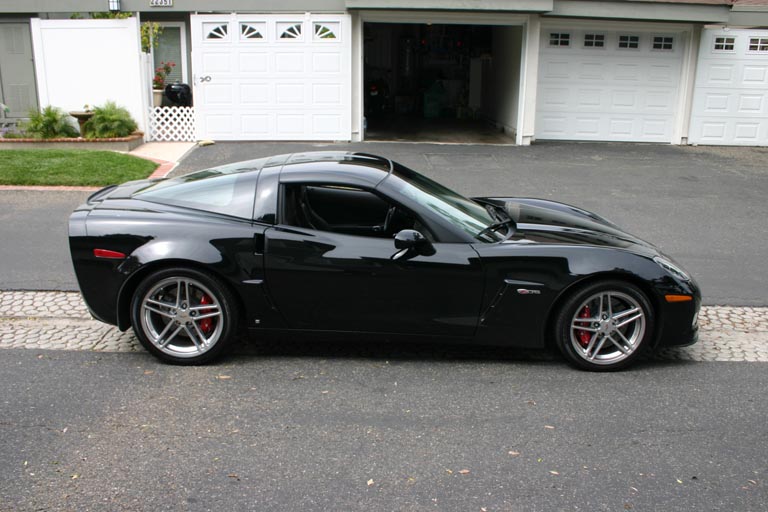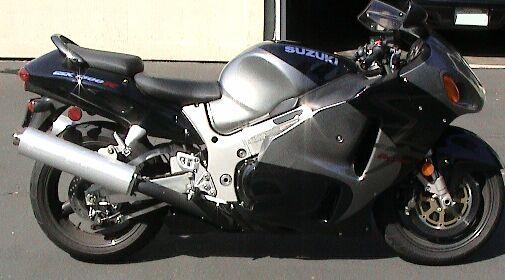Hi all.
Because there are discussions again and again, I wanted to do some objective examination of the problem I see with LFS tyre physics.
Here we go. I will prove my point. I won't use the XF GTI as some say it has not enough torque. I think it has enough, because there is enough wheelspin. (see clutch engaged ... difference of engine revs at 8000 and car speed)
Test paramters :
- I took the FZ50 (street version)
- Default Setup with 25% fuel
- No steering axis assigned to avoid steering during testing
- automatic gearchange activated to garantee the same shifting revs
- I used the car park with attached layout
Test Nr 1
Full throttle from start with TC on :
http://rapidshare.de/files/20129480/FTwithTC.wmv.html
2.83 at checkpoint 1
5.79 at finish line
Test Nr 2
Full throttle from start without TC on :
http://rapidshare.de/files/20129298/FTwithoutTC.wmv.html
2.81 at checkpoint 1
5.72 at finish line
Test Nr 3
Manual start. I tried to do a good start. No rev drop, but less wheelspin.
http://rapidshare.de/files/20129603/manualstart.wmv.html
2.81 at checkpoint 1
5.74 at finish line
____________________________________________
Test 1 and 2 are reproducable. Test 3 isn't, because every manual start is different.
Important is automatic gear change, because different revs at shifting result in different times.
With manual clutch and manual shifting a better time is possible!
Test Nr 4
Old one. XF GTI at acceleration lesson.
I managed a 7.09 with manual clutch and using a keyboard with full throttle.
http://rapidshare.de/files/19158049/709ft.wmv.html
Try to do much better with a good start. I bet a 7.05 is possible, but this isn't a realistic advantage against total full throttle wheelspin at start. It should be about 6.00 possible ...
Try it yourself if you don't believe me or show the videos.
Do a significantly better time with automatic gear change and show it in a video.
Layout attached.
Greetings
RIP
EDIT : 25% fuel used
Because there are discussions again and again, I wanted to do some objective examination of the problem I see with LFS tyre physics.
Here we go. I will prove my point. I won't use the XF GTI as some say it has not enough torque. I think it has enough, because there is enough wheelspin. (see clutch engaged ... difference of engine revs at 8000 and car speed)
Test paramters :
- I took the FZ50 (street version)
- Default Setup with 25% fuel
- No steering axis assigned to avoid steering during testing
- automatic gearchange activated to garantee the same shifting revs
- I used the car park with attached layout
Test Nr 1
Full throttle from start with TC on :
http://rapidshare.de/files/20129480/FTwithTC.wmv.html
2.83 at checkpoint 1
5.79 at finish line
Test Nr 2
Full throttle from start without TC on :
http://rapidshare.de/files/20129298/FTwithoutTC.wmv.html
2.81 at checkpoint 1
5.72 at finish line
Test Nr 3
Manual start. I tried to do a good start. No rev drop, but less wheelspin.
http://rapidshare.de/files/20129603/manualstart.wmv.html
2.81 at checkpoint 1
5.74 at finish line
____________________________________________
Test 1 and 2 are reproducable. Test 3 isn't, because every manual start is different.
Important is automatic gear change, because different revs at shifting result in different times.
With manual clutch and manual shifting a better time is possible!
Test Nr 4
Old one. XF GTI at acceleration lesson.
I managed a 7.09 with manual clutch and using a keyboard with full throttle.
http://rapidshare.de/files/19158049/709ft.wmv.html
Try to do much better with a good start. I bet a 7.05 is possible, but this isn't a realistic advantage against total full throttle wheelspin at start. It should be about 6.00 possible ...
Try it yourself if you don't believe me or show the videos.
Do a significantly better time with automatic gear change and show it in a video.
Layout attached.
Greetings
RIP
EDIT : 25% fuel used





 rip... du muss auch immer was zu meckern haben, wa?
rip... du muss auch immer was zu meckern haben, wa?

 looks absolutely stunning
looks absolutely stunning